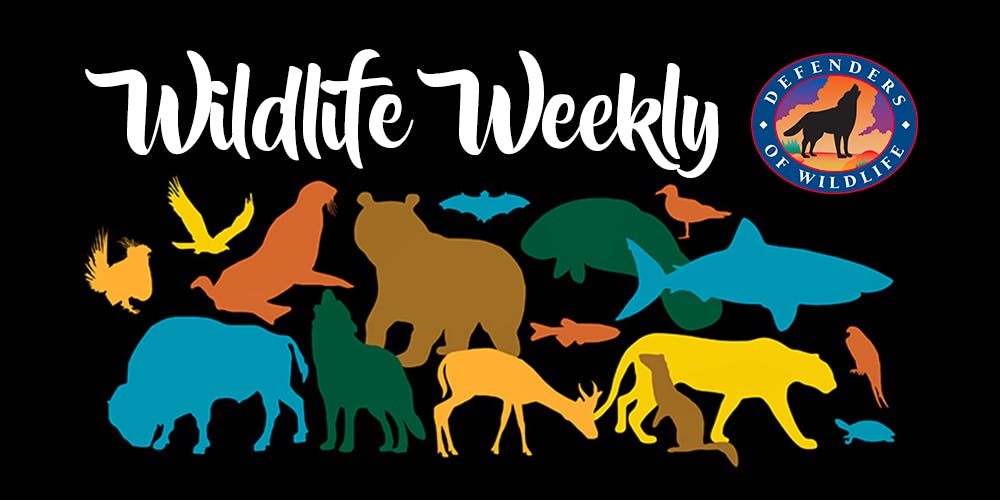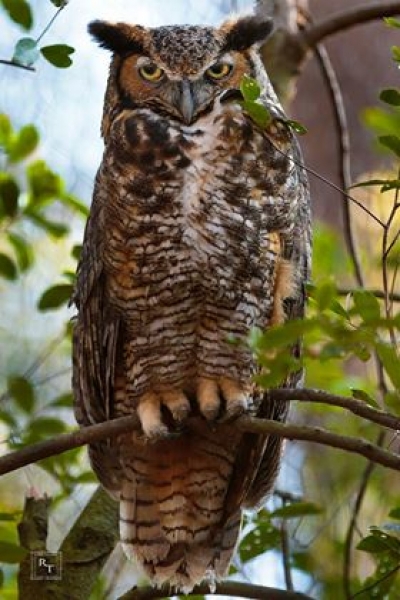Your weekly roundup of wildlife news from across the country.
WildSights:
Wild stories from the Week:
Right now, the U.S. Fish and Wildlife Service is considering a draft recovery plan for Mexican gray wolves that blatantly ignores the recommendations of independent wolf experts and the best available science. This could drastically hinder the recovery of Mexican gray wolves in the wild, even potentially leading to their ultimate demise: http://dfnd.us/2vnz5na
Government report finds drastic impact of climate change on the U.S.: http://dfnd.us/2vB2DjR
While states press for more legal authority to manage ESA-listed species, a new study reveals that states are ill-equipped to handle such a massive responsibility: http://dfnd.us/2vyqX5B
Sec. Zinke reviews Obama-Era Sage Grouse Controversy with New Protection Plan: http://dfnd.us/2vjbo0I
Our Defenders in Action:
In Florida:

On Tuesday, August 8th, our Senior Florida Representative, Elizabeth Fleming attending a meeting of the Florida Panther Recovery Implementation Team in which Defenders is the conservation representative on the core team. They discussed a variety of issues related to panther recovery, including the Five-Year Status Review and updates from the Transportation Sub-Team. The Transportation Sub-Team, which Elizabeth is the liaison for, presented the Southwest Florida Hot Spots map and materials that identify road segments that are deadly for panthers to help guide decision making about funding allocation to improve safe passage for wildlife. We also discussed Cost-Surface Modeling from I-75 to I-4 (south and central Florida) to help identify locations where panthers are likely to cross roads north of the Caloosahatchee River. This photo shows Elizabeth Fleming on the left and sub-team chair Nancy Payton of Florida Wildlife Federation on the right with other members of the sub-team preparing for the presentation.
In Wyoming:

Defenders Rockies & Plains Representative Aaron Hall spent five days this August at Mortenson and other release sites in the Laramie Basin to collect data on Wyoming Toad health and abundance. The US Fish and Wildlife Service will use these data to further their efforts for toad recovery. Wyoming toads have never been widespread, in fact, the Wyoming toad is only found in one place in the entire buyrisperdalonlinenow world: the Laramie Basin of southern Wyoming. It used to occupy most floodplains, ponds, and seepage lakes in the region. In the mid-1970s changes in hydrology, spraying of insecticides, disease, and changes in climate combined to make it difficult for this species survive. Populations crashed in the mid-1970s, and the toad was listed as endangered in 1984. By 1989, it was clear that experts needed to take drastic measures. They captured the last 10 surviving wild toads to start a captive breeding program – a last resort to stave off extinction. While the captive breeding program was coming online, the U.S. Fish and Wildlife Service acquired land where the last surviving population had been captured. In 1993 this land became The Mortenson Lake National Wildlife Refuge, and would act as an initial reintroduction site for the captive breeding program.
In Montana:

Our Rockies & Plains Associate, Russell Talmo, was part of the first official collaborative project with Montana Wildlife services under their new “integrated predator damage management” initiative to promote non-lethal, conflict prevention. We have been working directly with their team, led by Dr. Alex Few, over the past several weeks to develop four different electric fence designs aimed at reducing conflicts at bee yards. Sunshine Apiary, a local commercial bee producer near Columbus, MT has been experiencing bear damage at multiple sites. Sunshine Apiary has operated in Montana for the past 40 years and has 200+ bee yards within expanding grizzly bear habitat and they are interested in improving their current electric fence design. Working alongside Dr. Few, staff members from Natural Resource Defense Council, and Sunshine Apiary personnel, Defenders electric fence incentive program helped install and/or modify 6 bee yard fences that have been experiencing conflicts with bears. We are seeking to compare the effectiveness of these 4 varying fence designs, gather feedback from the producer, improve and promote the use of electric fencing for bees, and help facilitate Wildlife Services new initiative.





